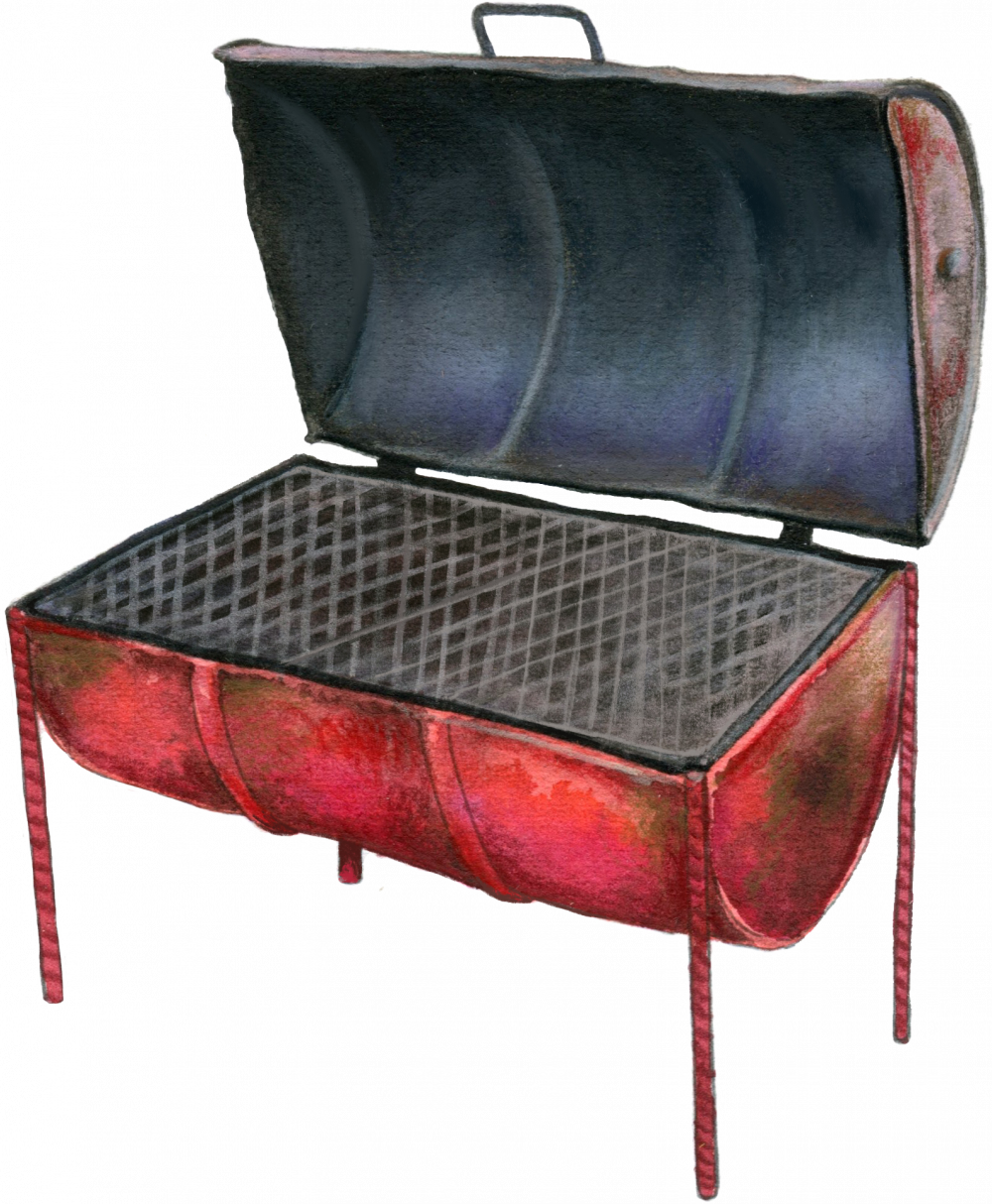Cooking over open flame is almost universal to the human experience, but the means for doing so vary widely across the world. Over centuries, different cultures have refined the equipment they use to accommodate not only the foods most often cooked, but also the variety and abundance of fuel.
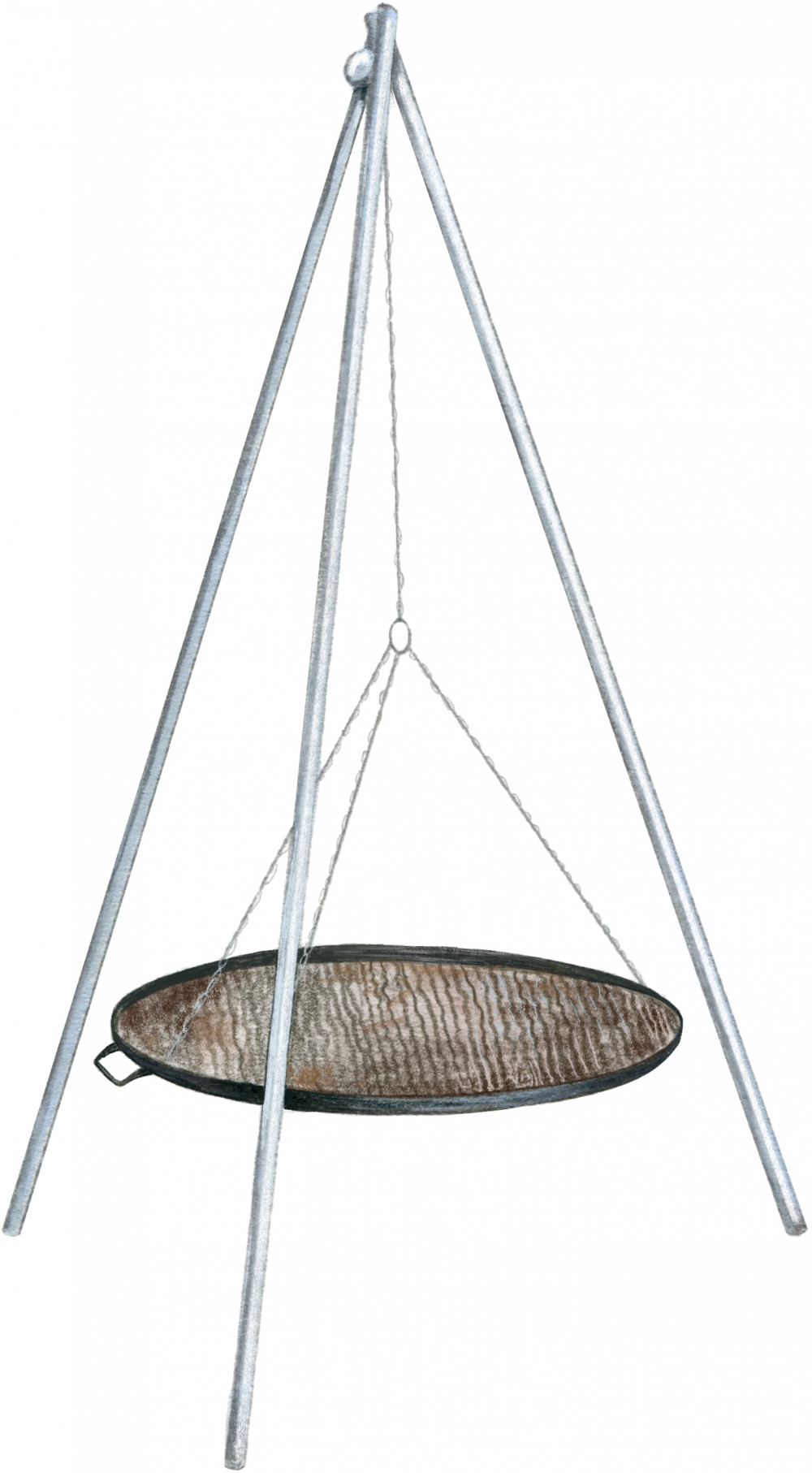
Schwenker
This tripod-style grill comes from Germany’s Saarland region. Because the grill grate—which is suspended over a wood fire—is spun and swung over the flames, heat is distributed across the meat, searing it evenly and eliminating the effects of hot spots. To further control the rate at which the meat cooks, the height of the grate can be adjusted. It traditionally is used to cook Schwenkbraten, or pork neck marinated in an herb-and-paprika-laced sauce.
Konro
Japanese tabletop konro grills are used to cook skewers of food laid across their long, rectangular surface, either atop a removable grate or directly over hot coals. Made with a heat-resistant ceramic lining, the grills are designed for burning binchotan charcoal (made from kiln-fired oak), which is nearly smokeless and burns extremely hot. Binchotan also doesn’t flare up the way briquettes can. The grill’s temperature is adjusted via air vents on the sides.
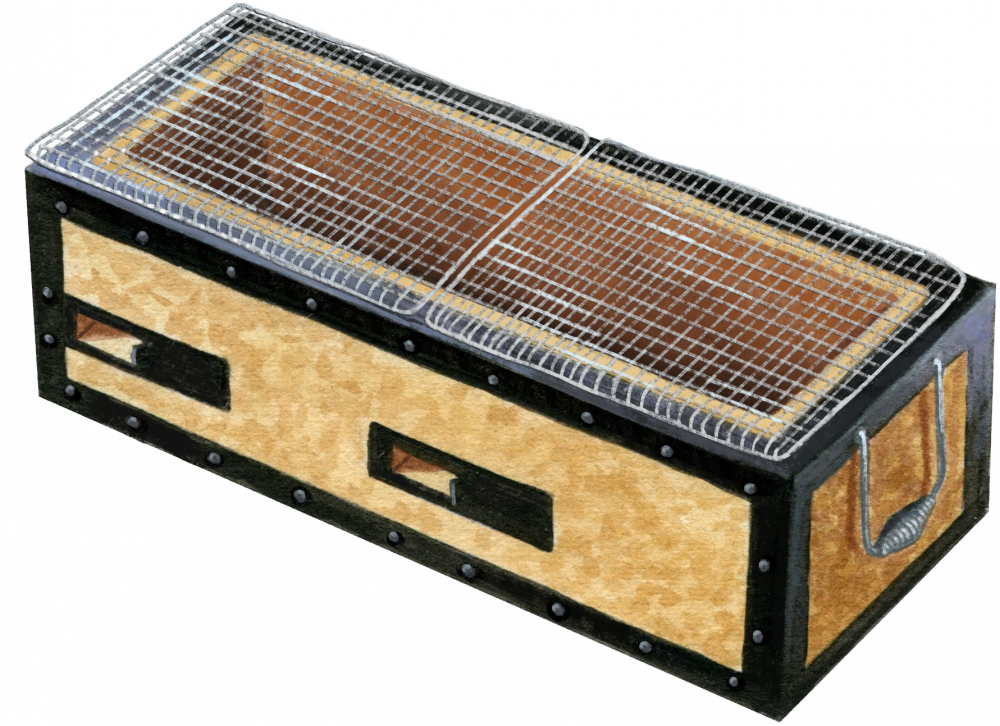
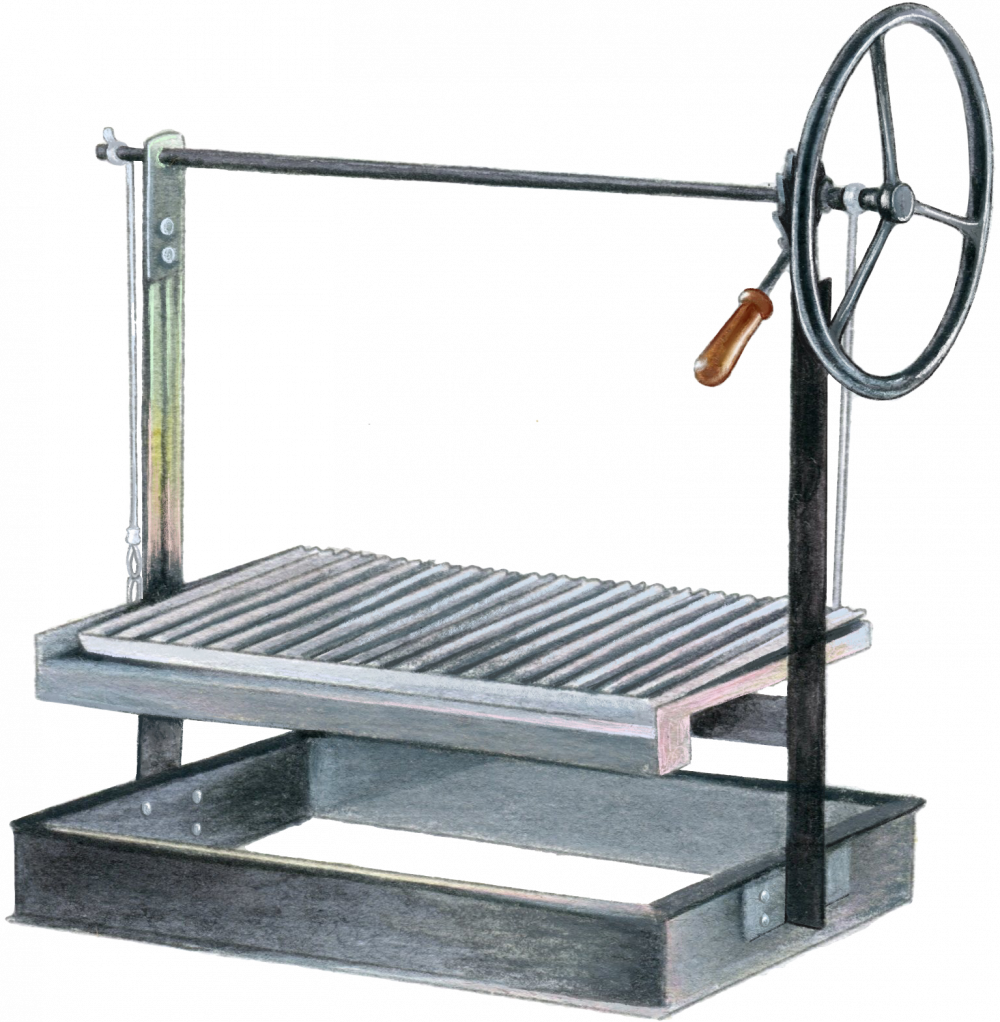
Parrilla
In Argentina, grilling is done low and slow over a wood fire using a parrilla (pronounced puh-REE-zja). The grate can be raised or lowered for maximum control of the heat. The meat—often rolled and stuffed matambre or thick-cut flank steaks—typically starts high above the coals to cook for hours, then is lowered in the final minutes to sear. These grills are common in restaurants and backyards across Argentina, and even a home parrilla can be the size of a car.
Tuscan Grill
Italians favor an iron grill that has changed little since the days of the ancient Romans. The grill can be set directly over outdoor fires fueled by wood, briquettes or lump hardwood, or set into home fireplaces. Handles make it easy to raise or lower the grate for temperature control. The Tuscan grill is famously used for bistecca alla Fiorentina, a thick porterhouse steak served rare.
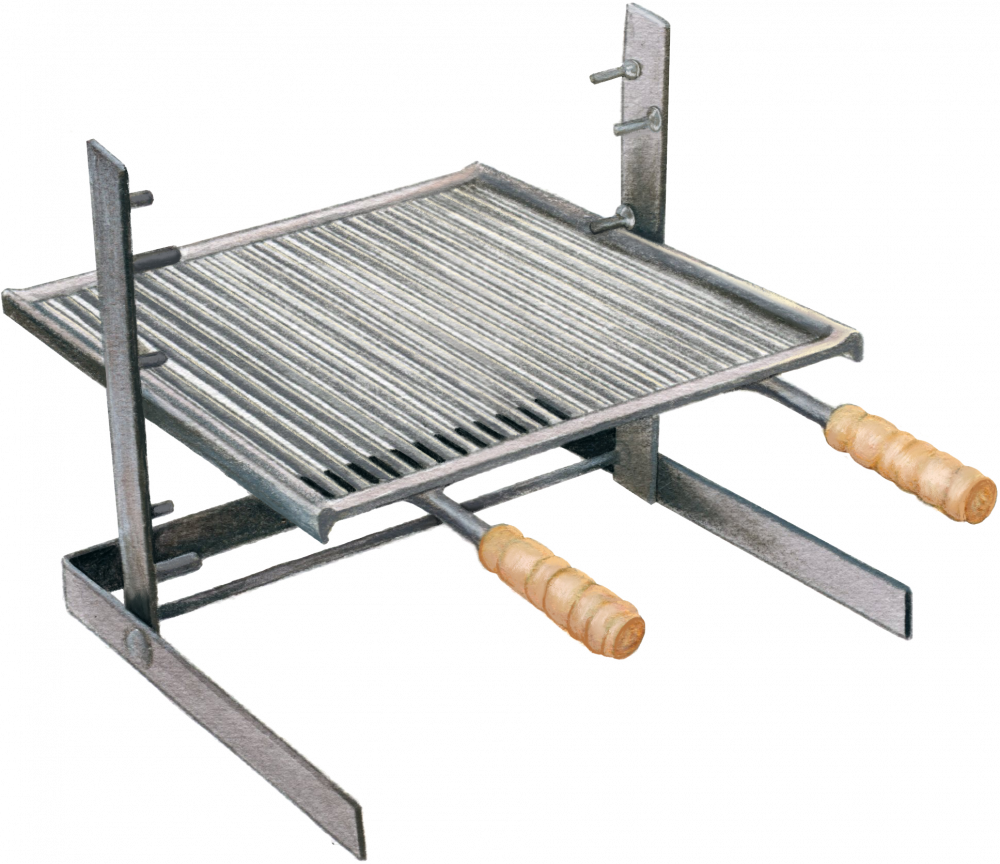
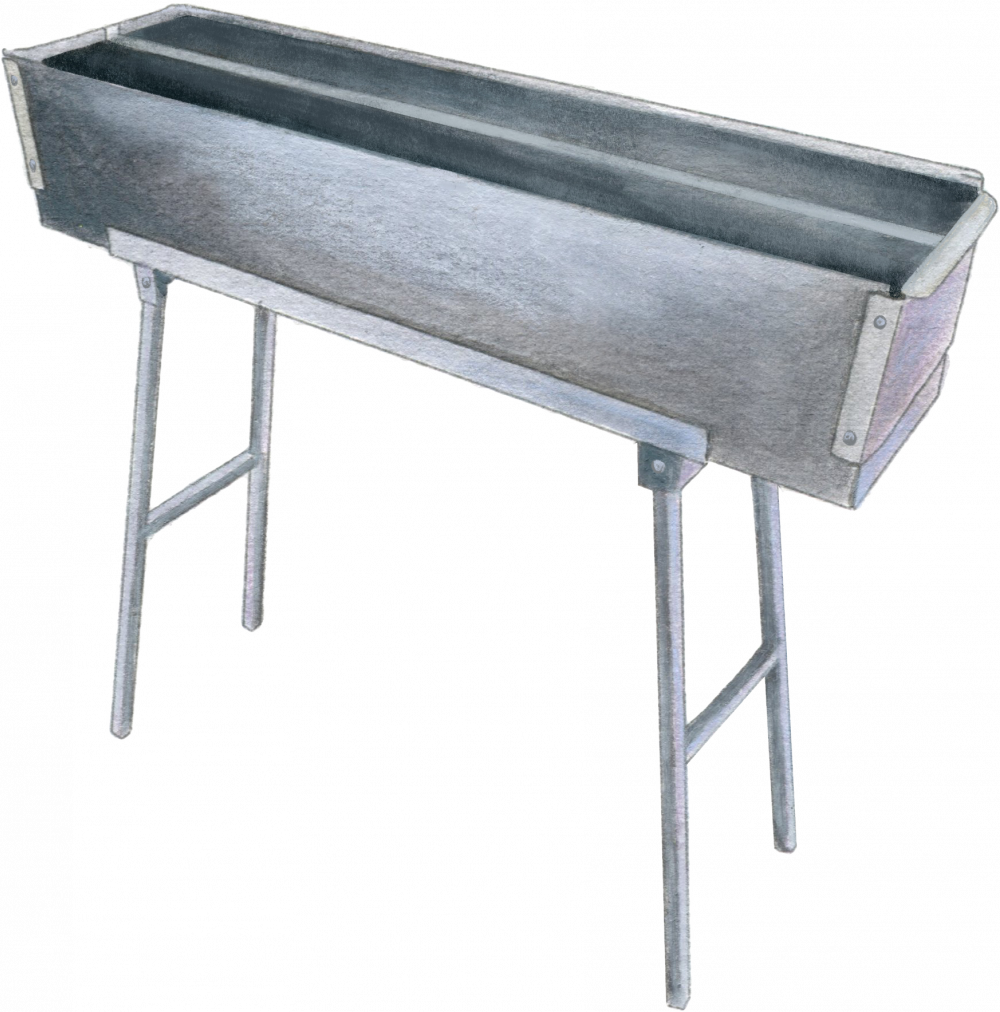
Mangal
Used across Eastern Europe, Central Asia and the Middle East, mangals are no-frills charcoal-fueled grills designed to accommodate skewered foods, everything from Russian shashlik to Turkish kebabs. Lightweight and portable, mangal grills are used widely to cook street food. The fuel sits on a perforated tray at the bottom, while the grill can be topped with grates or ridges for holding skewers directly over the coals.
DRUM PAN
In Jamaica, jerk chicken is cooked over wood or charcoal in grills cut from 55-gallon oil drums, commonly called drum pans. Sliced in half and hinged, the drum acts as both grill and smoker. The smoke typically is provided by the addition of green wood from pimento or laurel trees.
